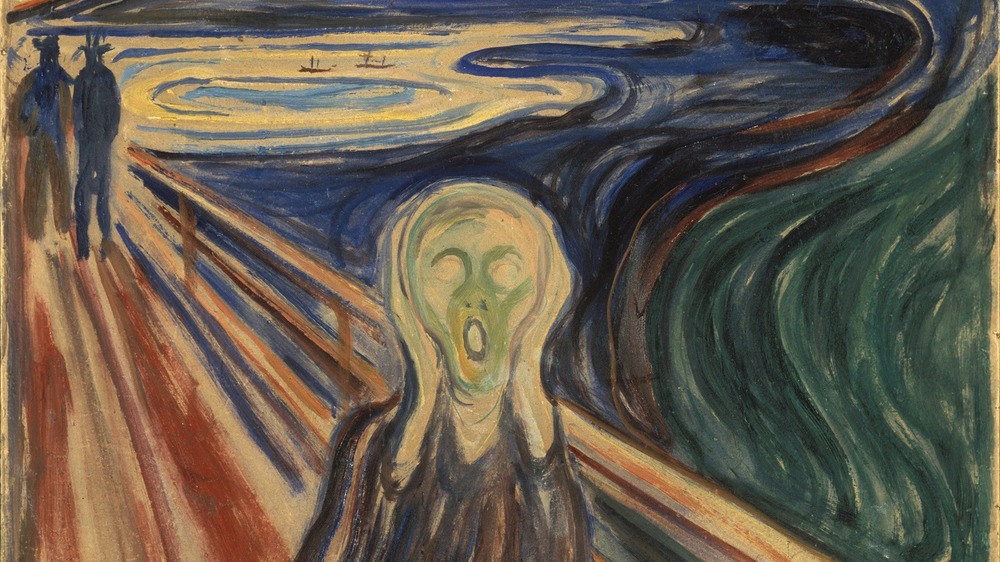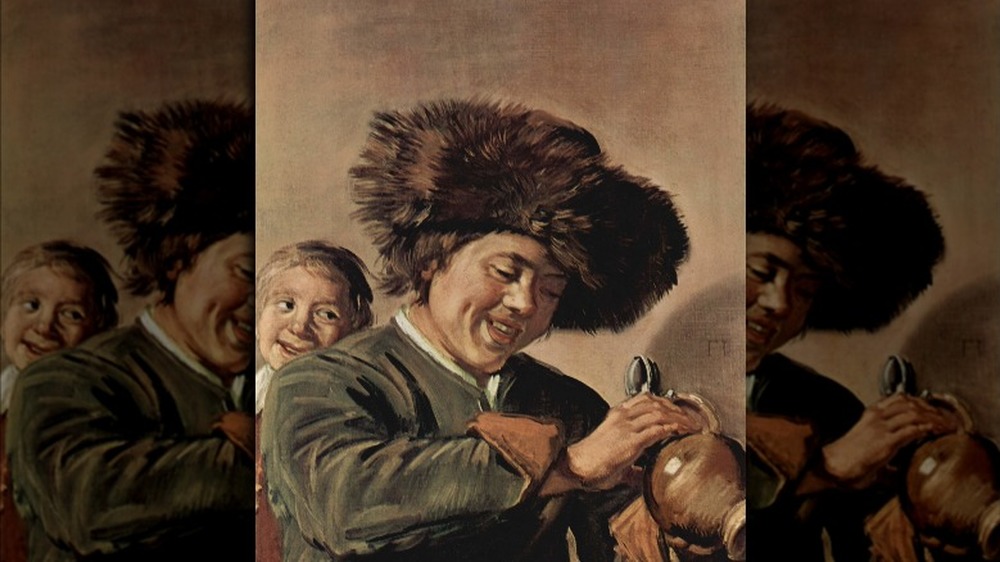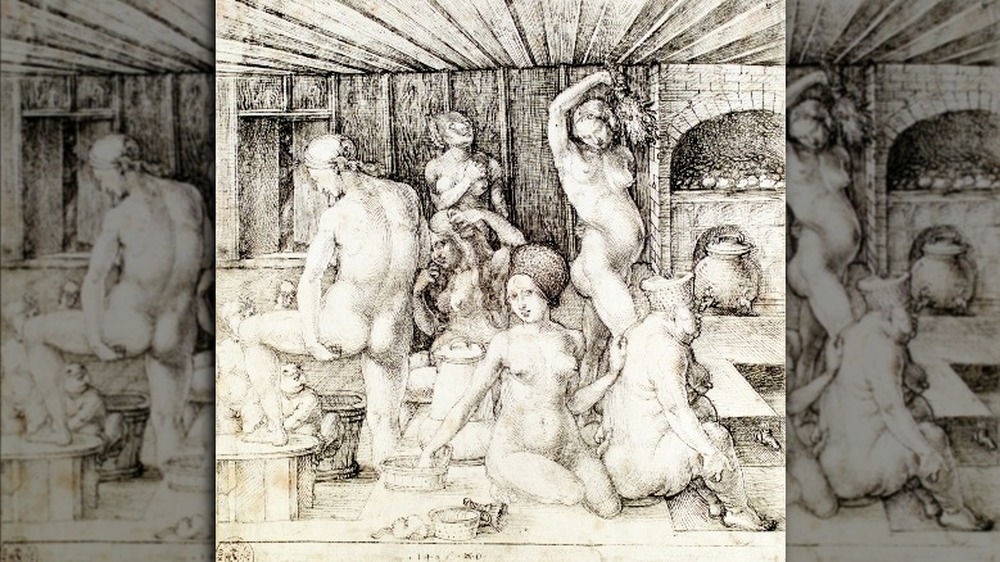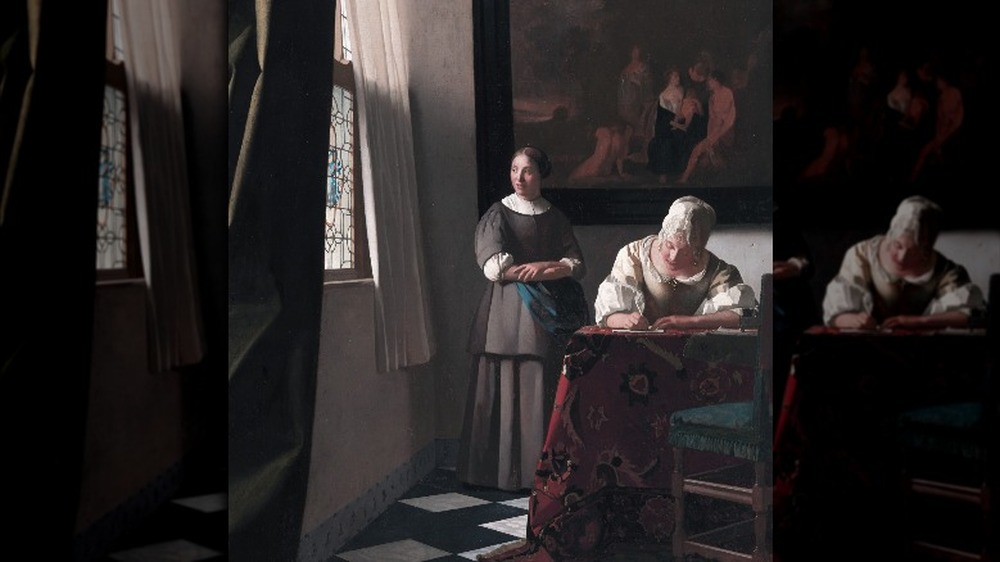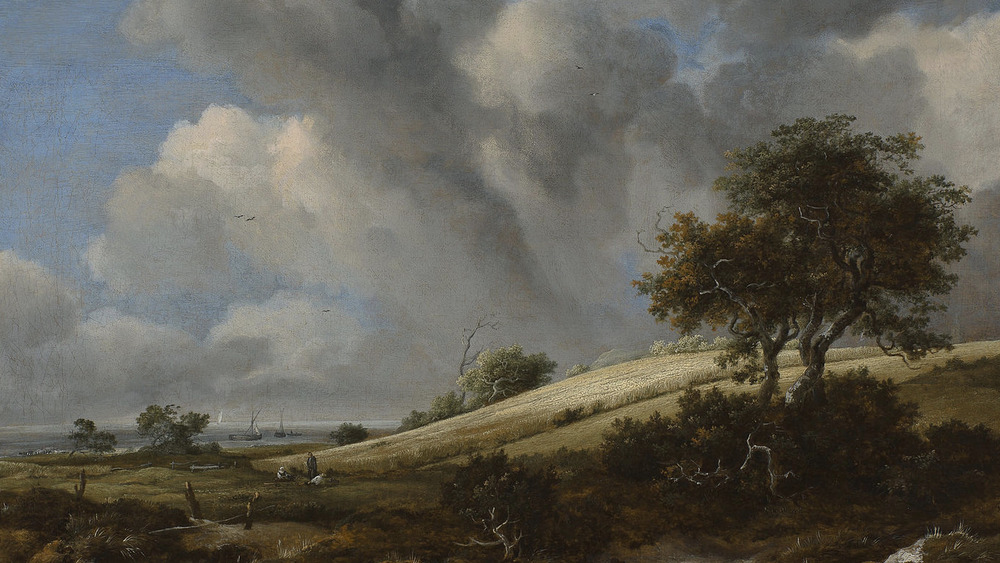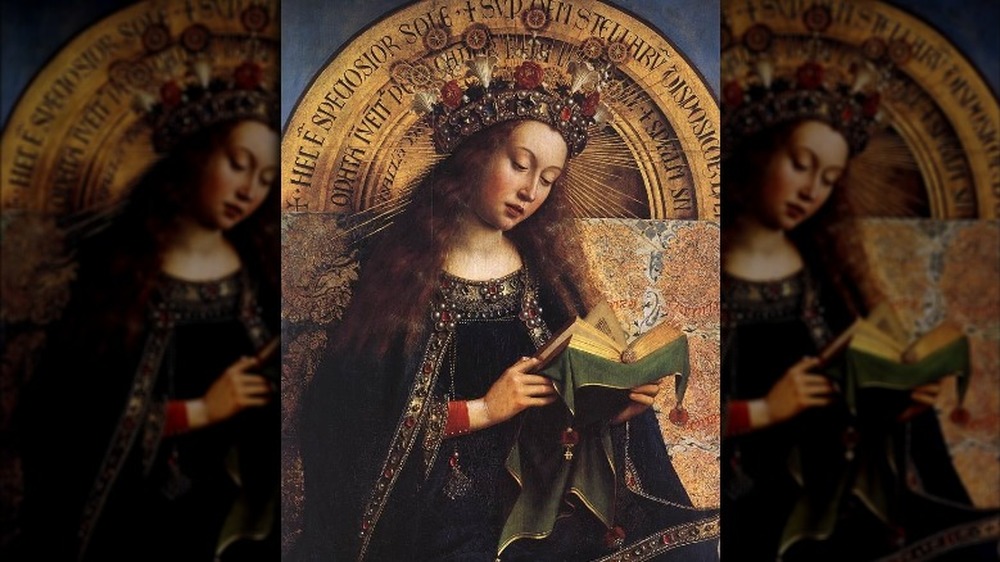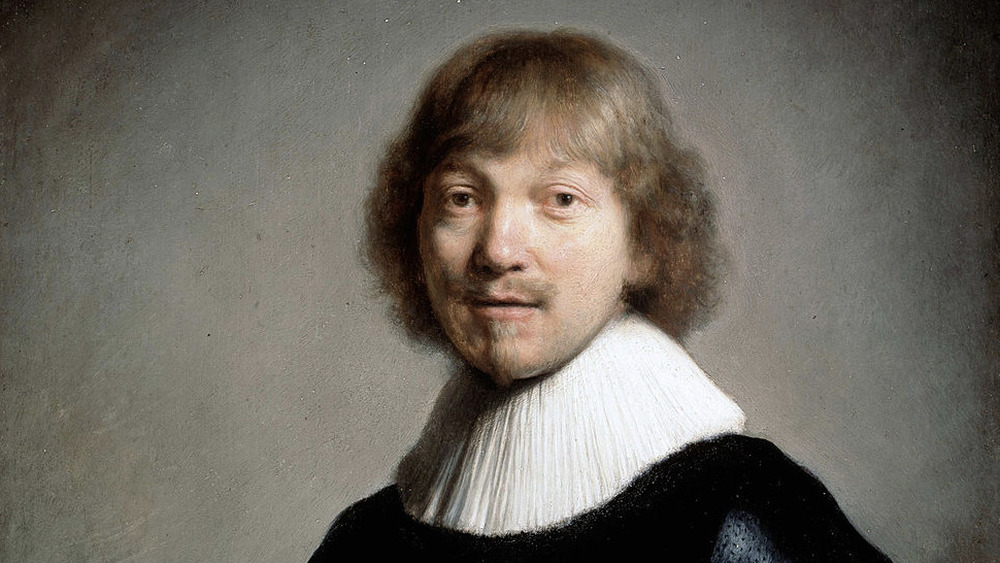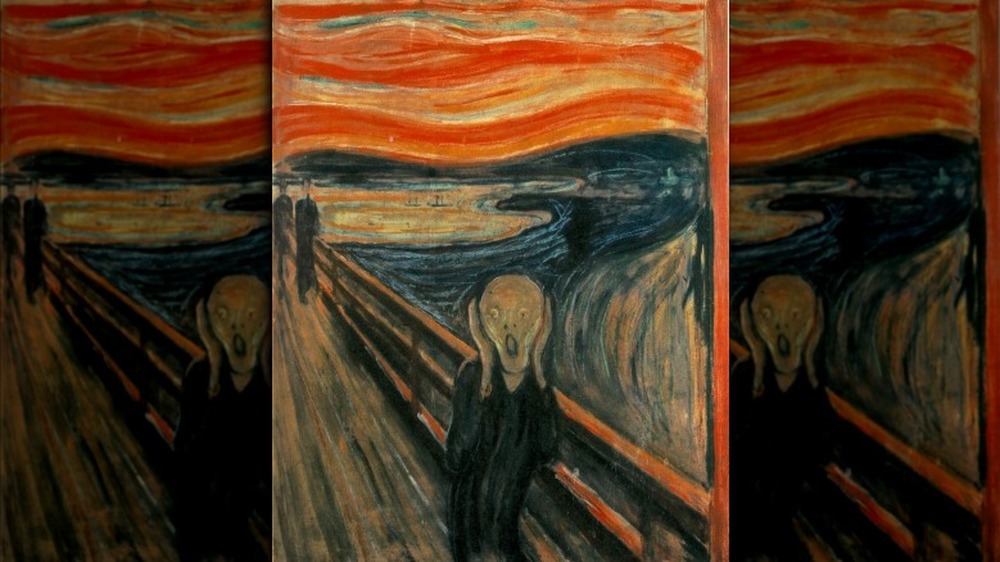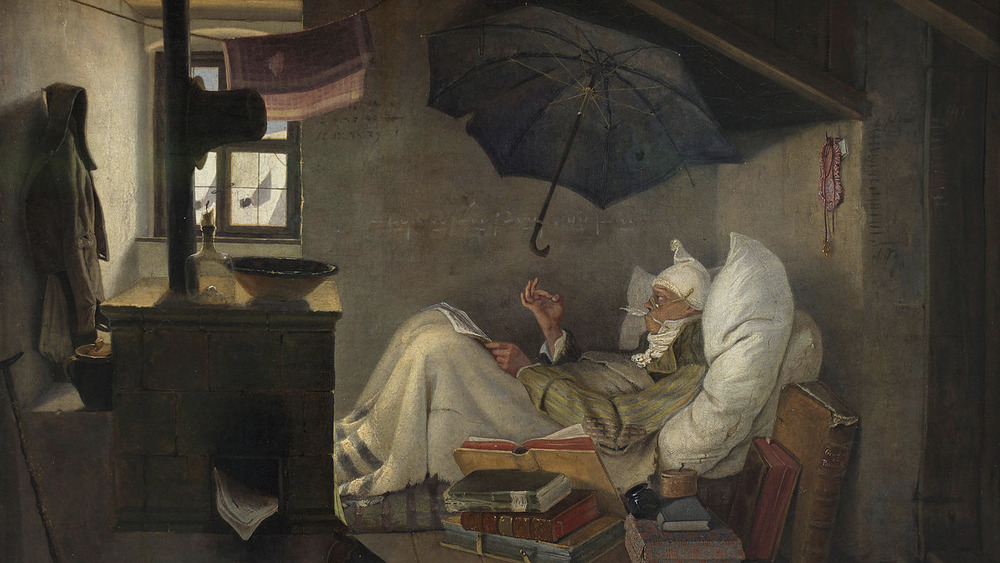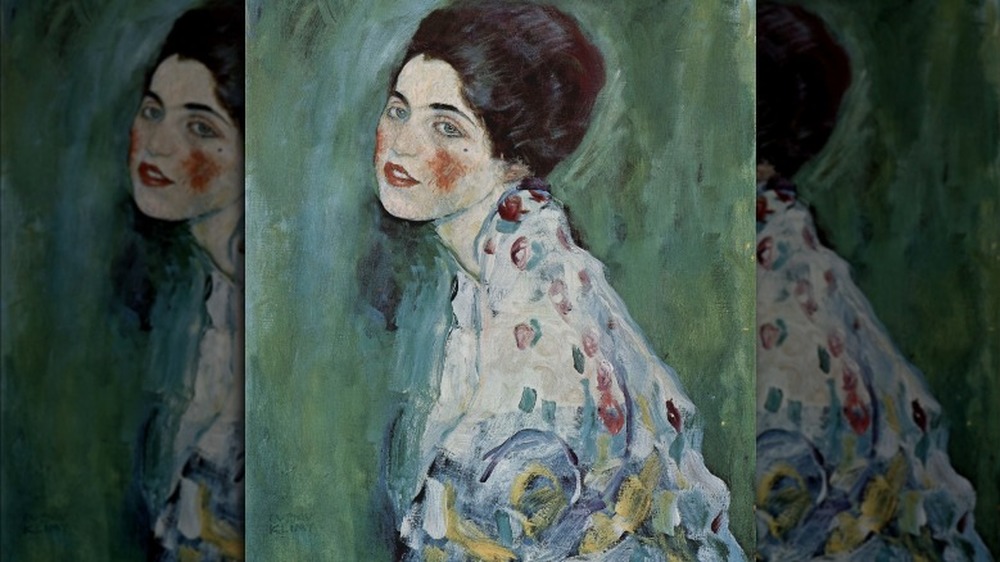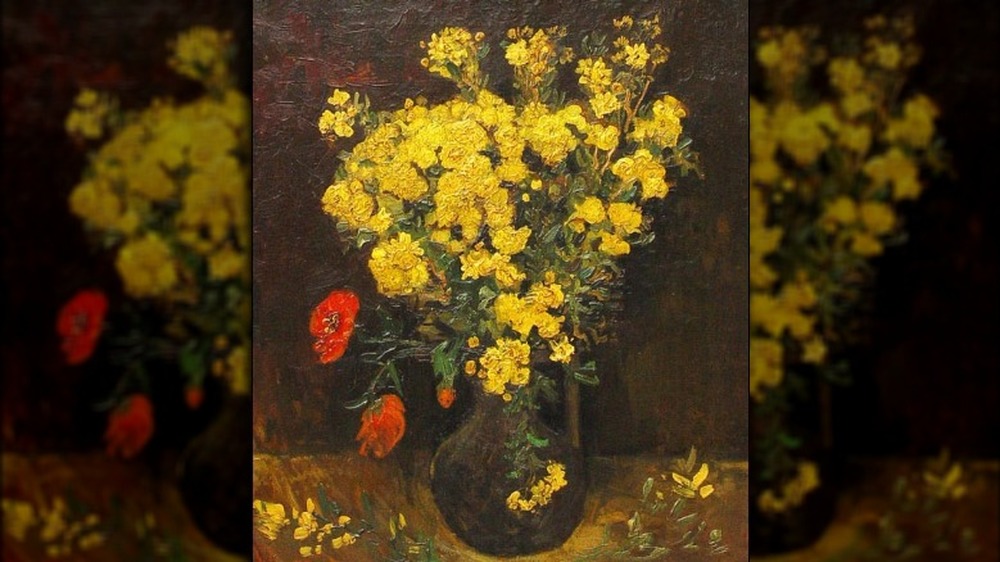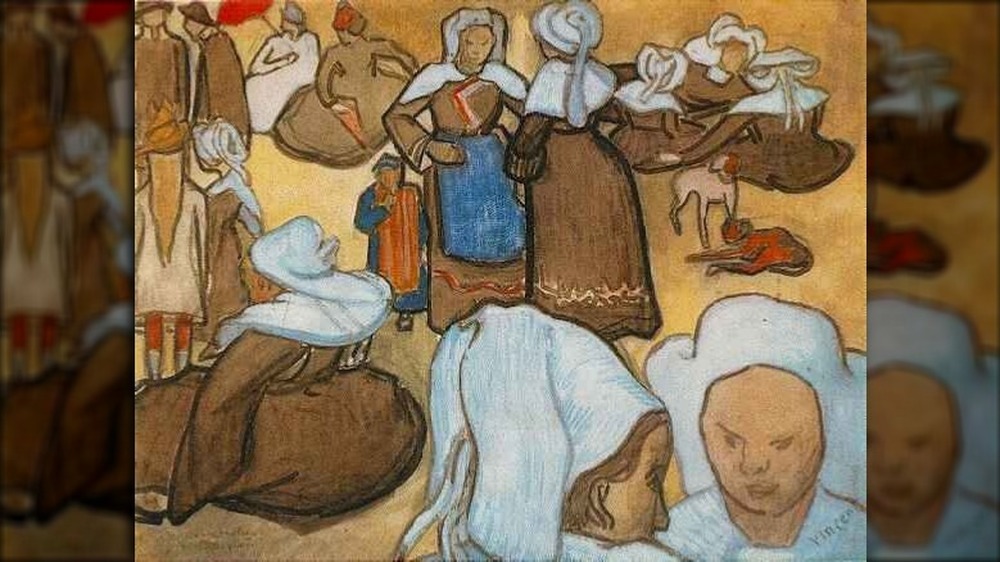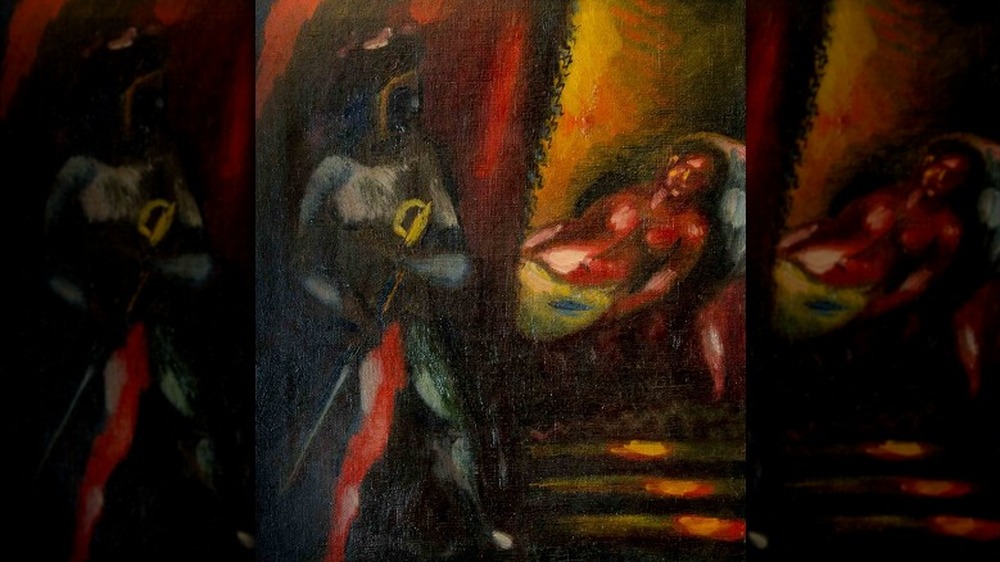Famous Artworks That Have Been Stolen More Than Once
Art heists are fascinating. Sophisticated thieves, shady buyers, orchestrated burglaries, and the mysterious intrigues of the underworld keep captivating people's imagination. Stealing art isn't a new thing. According to the Guardian, the first recorded art crime was carried out in 1473 by Polish pirates who kidnapped a triptych from a church in Florence and took it to the city of Gdansk, where it still is today.
Yet for some reason there are legendary artworks that have been stolen several times. "But when it is notoriously difficult to sell on well-known works even on the black market, who would risk repeatedly targeting such paintings and why?" asks journalist Riah Pryor at the Art Newspaper. The reasons seem to be different. Some thieves do it for the prestige, others act on commission, others for political purposes. According to the Daily Mail, sometimes the art is "exchanged for drugs or guns." But there just seems to be something about certain paintings. Let's take a look at the crazy stories of these infamous artworks that have been stolen more than once.
A Frans Hals painting was stolen for the third time in 2020
The 1626 painting Two Laughing Boys with a Mug of Beer by Dutch master Frans Hals was stolen for the third time on August 26, 2020 from the Hofje van Aerden, a small museum in Leerdam, the Netherlands. According to the Art Newspaper, the thieves broke into the museum in the middle of the night and, by the time the alarm had gone off, they had vanished with the painting, which, according to Reuters, is worth $18 million.
The artwork had already been stolen twice from the museum. In 1988, a masked man held the guard at gunpoint, the New York Times reports, before walking out of the museum with the Hals and another painting, Forest View with Flowering Elderberry, by Jacob Salomonsz van Ruysdael. Both paintings were recovered three years later in 1991, when Dutch criminal Klaas Bruinsma, who had become their unlawful owner, was shot dead in front of a hotel in New York City. His bodyguard arranged the return of the paintings to the Dutch authorities, who paid over $250,000 in ransom.
The painting was stolen a second time in 2011, and it was recovered a few months later when the police managed to arrest the four men who had tried to sell it back to the museum. "It's really that painting for some reason, and I don't know why," said alderman Christa Hendriksen, as reported in the New York Times.
Rare Albrecht Dürer drawings were stolen by the KGB, then again by a Japanese ex-wrestler
According to the New York Times, 12 rare drawings by Albrecht Dürer, valued at $15 million, first vanished from a Nazi castle when it was taken by Soviet troops in 1945. They were then handed to the National Fine Arts Museum in Baku, Azerbaijan by the KGB, where years later, in 1993, they were stolen again. Among them was The Women in the Bathhouse, which is considered to be one of the German painter's masterpieces.
The drawings resurfaced again in 1997, when Masatsugu Koga, an ex-Japanese wrestler looking to raise money for a kidney transplant, tried to sell them back to the Germans. Two years before, in 1995, Mr. Koga had met with Aydyn Ali Ibragimov, an Azerbaijani Olympic wrestler and his wife, a lawyer with ties to law enforcement officials in Baku, in a hotel in Istanbul to plot the heist.
In September of 1997, Koga tried to sell the drawings to Bremen Museum curator Anne Rover-Kann in the hall of a hotel in New York City and he was arrested. A month later, Ibragimov and his wife showed up at JFK and were also caught "after trying to elude a customs surveillance team in a car chase through Greenwich Village," the Guardian reports.
Johannes Vermeer's Lady Writing a Letter with Her Maid was stolen by the IRA
Johannes Vermeer's beautiful epistolary scene was first stolen, with 19 more paintings, in 1974, when Rose Dugdale and three IRA members stormed into Russborough House, Sir Alfred Beit's private residence in Ireland, pulling off what the Washington Post described as "the most valuable art theft in history" at the time. Dugdale, a wealthy heiress turned militant rebel, asked the authorities for a ransom of half a million Irish pounds and for the transfer of two political prisoners from a British prison to one in Northern Ireland. Dugdale was arrested shortly after the theft in the country cottage where she was hiding along with the stolen paintings. At the trial, which took place in June 1974, she pleaded "proudly and incorruptibly guilty," as reported in the New York Post.
The Vermeer was stolen again in May 1986 when a gang of 13 thieves led by Irish criminal Martin "The General" Cahill once again broke into the Irish mansion. According to the Daily Beast, the men managed to take 18 paintings in six minutes before vanishing with the loot.
The Vermeer was recovered in 1993 by Scotland Yard detective Charles Hill. "I was taken to a multistory car park in Antwerp by a gangster, and had to mask my emotions as I unwrapped the painting. It's the greatest masterpiece I've had the pleasure to hold," said Hill per Country Life.
Jacob van Ruisdael's The Cornfield was stolen a third time
According to the BBC, The Cornfield, another painting from the Dutch Golden Age, was taken twice from the Russborough House during the same robberies in 1974 and in 1986. Art curator Anne Stewart considers The Cornfield an "absolute masterpiece" and Jacob van Ruisdael "the finest of all the Dutch landscape painters of the 17th century."
The Cornfield was then stolen a third time on September 29th, 2002 when the residence was looted again by a group of armed and masked men. It was recovered a few months later by the police in the attic of the house of an Irish couple in Clondalkin, the Irish Times reports. The couple told the court they were asked to hide the painting by people they described as "not the type of individuals that you said no to."
In 2017, the Old Master painting was acquired by the Ulster Museum, Newsletter reports, where it's now under strict surveillance.
The Ghent Altarpiece is the most stolen artwork of all time
According to the Art Newspaper, the Ghent Altarpiece, also known as the Adoration of the Mystic Lamb, was the target of over 13 crimes over the course of the centuries. It's been butchered, sold, forged, and it was the target of at least six thefts, setting the record for the most stolen artwork in history. "It's easy to argue that the artwork is the most influential painting ever made: it was the world's first major oil painting, and is laced with Catholic mysticism. It's almost an A to Z of Christianity – from the annunciation to the symbolic sacrifice of Christ," writes journalist Noah Charney at the Guardian.
In April 1934, one of its panels went missing. Shortly after the disappearance, Arsène Goedertier, a stockbroker, confessed the theft on his deathbed. He left a handwritten note with only a vague clue on where the painting could be hiding: "[It] rests in a place where neither I, nor anybody else, can take it away without arousing the attention of the public," per the Guardian. It has remained an enigma.
During WWII, it was hunted by Joseph Goebbels, who wanted it as a gift for Hitler, the Art Newspaper reports. But the missing panel has never been found.
Rembrandt's Portrait of Jacob de Gheyn III comes second
Nicknamed the "Takeaway Rembrandt," the Portrait of Jacob de Gheyn III was stolen four times from the Dulwich Picture Gallery in London, which makes it the second most stolen artwork in history. According to Art News, the painting, which is worth $10 million, was stolen for the first time in 1966, when the burglars drilled a hole into a back door of the museum. The painting was found shortly after in a churchyard in Stratham, the Guardian reports. In 1973, it was stolen again by a man who, after the theft, had tried to escape on a bicycle, per UPI.
In 1981, the portrait was snatched for the third time. It was tracked down by the police in the back of a taxicab, where one of the thieves had it wrapped in a pillowcase. Two years later in 1983, and despite an upgrade in the museum's security system, the Rembrandt disappeared again; this time it was found in a train station in Germany.
As Giles Waterfield, director of the Dulwich Picture Gallery, said, "The temptation is to lock the wretched thing away and put up a color photograph," per Art News.
Two versions of Edvard Munch's The Scream were stolen
Edvard Munch made four versions of The Scream. Two of them are finished paintings and they were both stolen and recovered under mysterious circumstances. One August morning in 2004, "the museum was open and it was just after 11:00 a.m. when two robbers wearing balaclavas entered the museum and threatened museum guards, who weren't armed, with pistols," reports the Smithsonian Magazine. The Scream was taken along with Madonna, another Munch painting. But the motives behind the theft were not clear. The thieves might have acted to divert police attention from the murder of a Norwegian police officer. The painting, whose value is estimated at $100 million, was found two years after the heist.
According to the New York Times, another version of The Scream had previously been stolen in 1994, when two thieves broke into the National Museum in Oslo and walked out with the painting, leaving behind a note that said "Thanks for the poor security." Fortunately, the painting was recovered by the police three months later in a hotel room near Oslo, per History.
One of Hitler's favourite paintings was stolen twice
Carl Spitzweg's The Poor Poet was first "taken" from the Neue Nationalgalerie in Berlin in 1976 as part of a political performance staged by German artist Ulay (also long time creative companion of Marina Abramović). According to the Daily Beast, the theft was only "an act of art," as the artist wanted to draw attention on "public access to artistic institutions, and the plight of the foreign Turkish workers in Berlin." Ulay returned the painting to the museum a few hours later, after hanging it in the house of a family of Turkish immigrants in the city, Open Culture reports.
But the second theft was real: in 1989, two men, one of them pretending to require a wheelchair, walked out with the painting from Schloss Charlottenburg, where it had been moved, the Daily Beast reports. But this time the artwork was never found again. The Spitzweg painting, which represents a starving poet surrounded by books in a rundown attic, was a favorite of Hitler. (Hitler himself tried to be an artist when he was young and poor in the streets of Vienna, but failed the academy's admission test twice, per the New Yorker.)
Gustav Klimt's double painting, twice stolen
Not only a painting twice stolen but a double painting: it's the fascinating case of Portrait of a Lady by Gustav Klimt. According to Art Critique, in 1996 an Italian student discovered that Klimt's Portrait of a Lady was hiding another painting underneath, the original 1912 Portrait of a Woman. The girl of the first portrait had died, and some believe Klimt painted over it to forget the pain of her death. Shortly after this revelation, in 1997 the painting disappeared from the Ricci-Oddi gallery in Piacenza, Italy under strange circumstances.
According to the BBC, in April of 1997, a skilled forgery of the painting was intercepted by the police at the French-Italian border. The package was supposed to reach the home of Italian politician Bettino Craxi, then exiled in Hammamet, Tunisia. Shortly after the thief confessed that he stole the copy in order to cover for the disappearance of the original painting, adding to the mystery.
For 20 years nobody knew anything about it, until in 2019 one of the gallery's gardeners "was clearing away ivy from one of the gallery's walls when he discovered a metal panel in the wall. Curious, he opened the panel and found a black bag inside a small recess," Art Critique reports. It was the stolen Klimt, which apparently had not moved an inch from where it was believed missing.
The painting, the only "double" Klimt known to the art world, is worth over $70 million.
Vincent Van Gogh's Poppy Flowers vanished twice in Cairo
Poppy Flowers, also known as Vase with Viscaria, is considered one of Vincent van Gogh's most beautiful paintings. It was stolen for the first time from the Mohamed Mahmoud Khalil Museum in Cairo in 1978. According to the Guardian, it was recovered 10 years later in Kuwait under vague circumstances, and the details of the theft were never disclosed.
The painting was stolen again in 2010 from the same museum during opening hours. An Italian couple, which the authorities suspected could have been involved in the theft, was arrested at the Cairo Airport, the BBC reports, but despite the initial claims, the painting was never found and it's still missing. A piece from the artist's late period, "Van Gogh is believed to have painted the canvas in 1887, three years before his death from a self-inflicted gunshot wound," per the Guardian.
According to Reuters, Egyptian billionaire Naguib Sawiris offered a $175,000 ransom for any information leading to the return of the painting, which is worth at least $50 million.
Art thieves love Van Gogh
Vincent Van Gogh is a favorite of art thieves. According to ARCA, 37 Van Gogh paintings have been stolen, three of them two times each. Breton Women (pictured) was stolen twice in 1975 from the Galleria d'Arte Moderna in Milan. The first time the authorities paid a ransom, and the painting was recovered along with other stolen artworks in an apartment rented in the city under a fake name. But when a few months later the thieves robbed the museum again, they were arrested, per ARCA.
Another Van Gogh, Congregation Leaving the Reformed Church in Nuenen was stolen in 1991 and then in 2002 from the Van Gogh Museum in Amsterdam, per Art Net.
But why do art thieves love Van Gogh? Journalist Philip Hook at the Guardian calls it "positive romantic baggage." Speaking of Van Gogh, he thinks that "there is a tragic romance to his life that enhances his value to the collector, emotionally and financially."
Pablo Picasso is the most stolen artist in history
Individual artworks may have been stolen more than once, but some artists have been stolen countless times. Pablo Picasso holds the record for being the preferred target of art thieves. "The Spanish master currently has 1,147 paintings registered as stolen, missing, or disputed, which is more than twice as many as the next on the list," the Daily Mail reports.
Second on the list is American artist Nick Lawrence, with 557 stolen works. According to Boston, most of them went missing at pretty much the same time, after they had been moved to a shed in preparation for an exposition. A "catastrophic" accident, as Lawrence called it. With 516 stolen works, the Russian-French painter Marc Chagall earns third place. His stunning Othello and Desdemona (pictured), which went missing in 1988, was recovered recently by the FBI, 30 years after it was stolen in 1988, Art Forum reports.
But why do some artists get stolen more than others? "Looking at most of the names in the top 10, they are all well-known artists who had very long careers, so produced vast volumes of work, which means there is more, potentially, available to steal," thinks editor Ivan Macquisten, per the Daily Mail.
